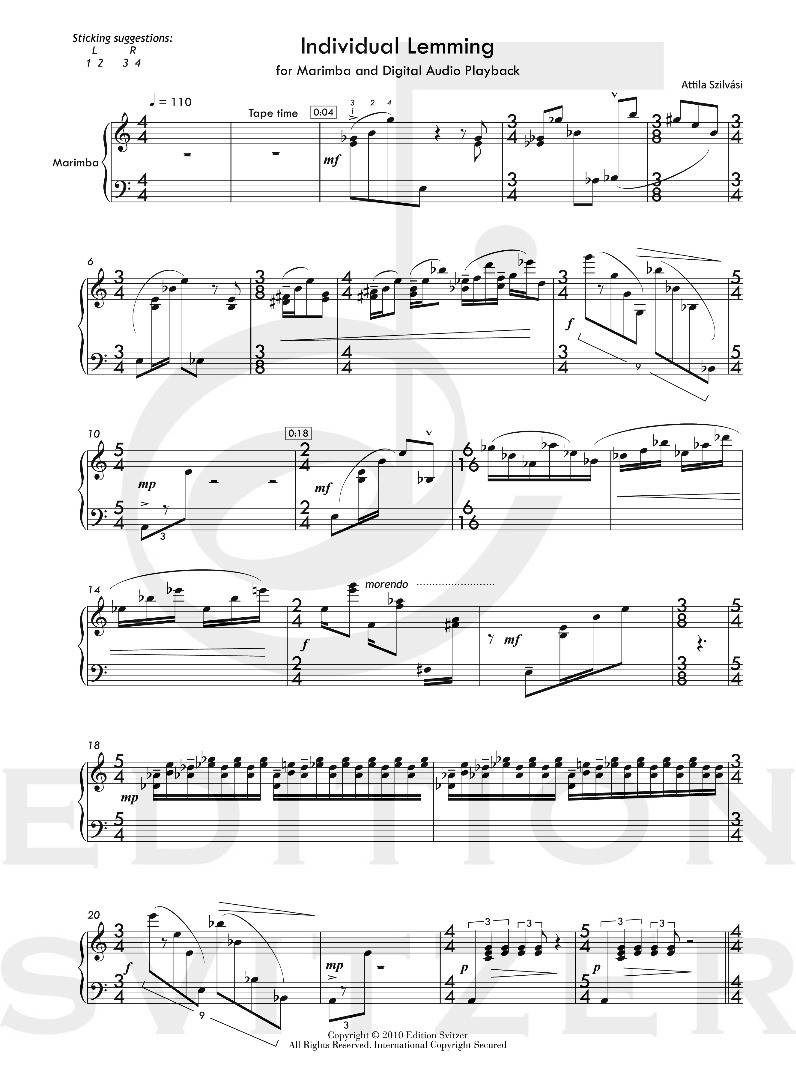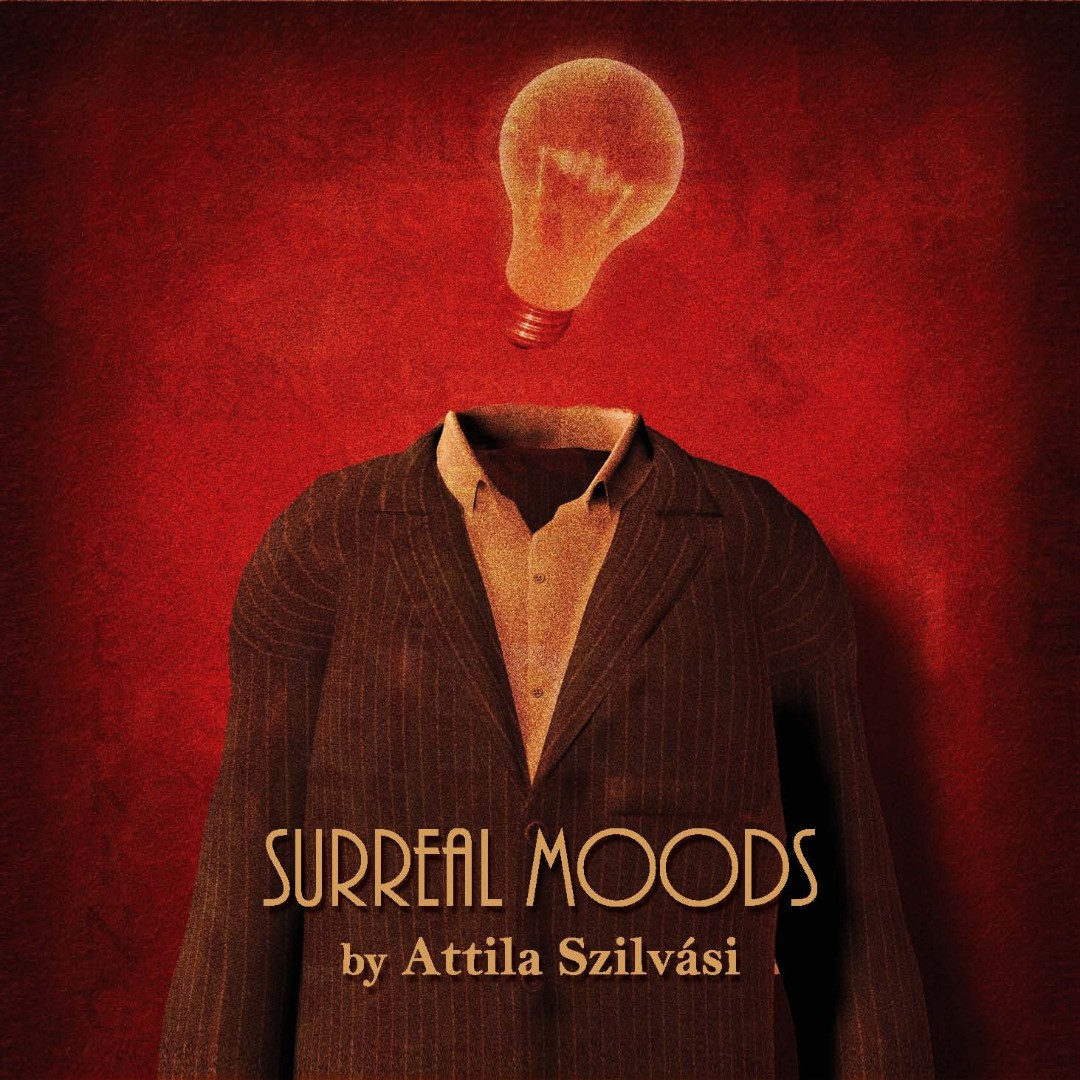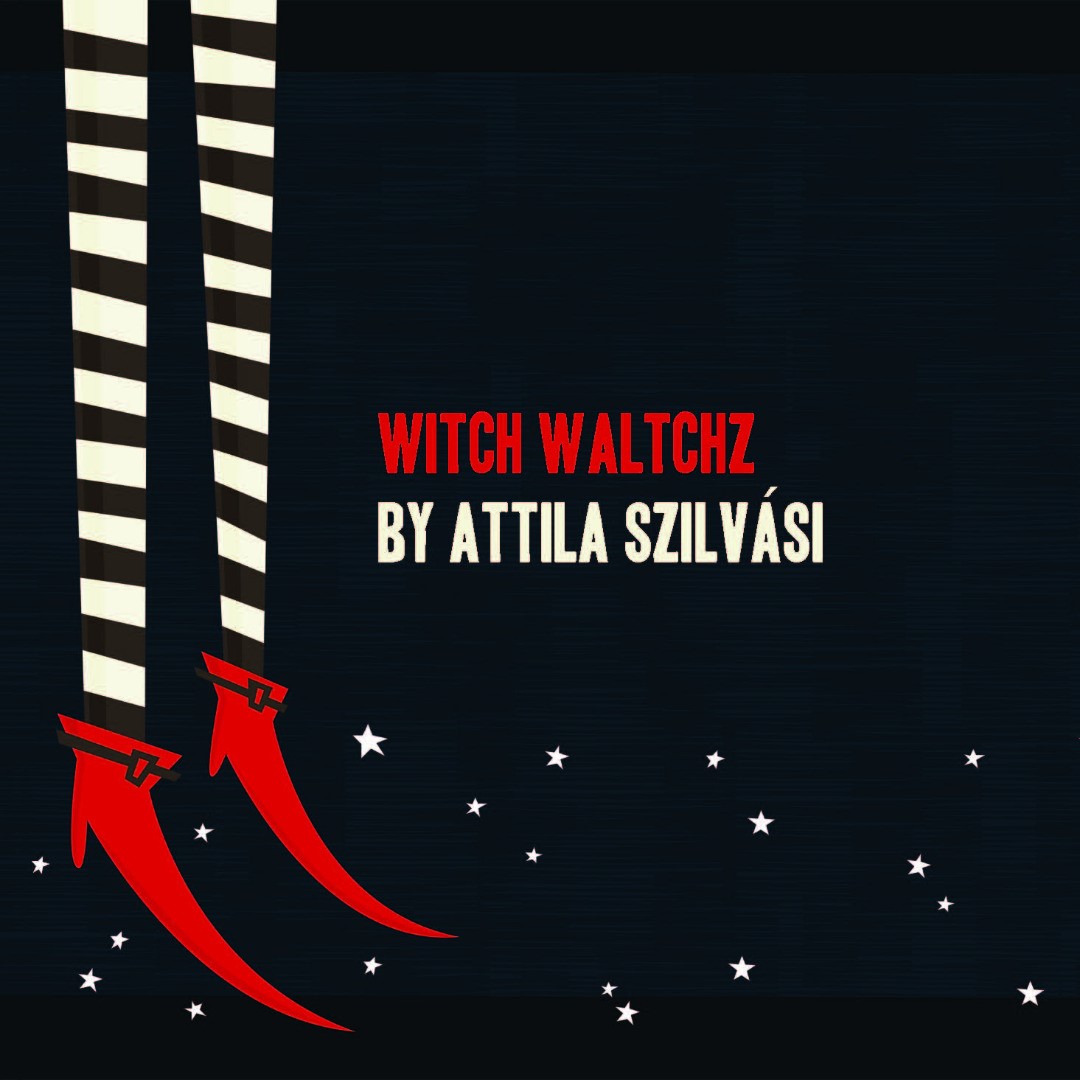
Individual Lemming
Composer: Attila Szilvási
Instrument: Marimba and Tape
Level: Advanced
Published: 2011
Price: €28.00
Item details
-
Description +
-
Duration: 8 min.
The Norwegian Lemming is a rodent mammal, native in North Scandinavia. This small gopher-like creature has the peculiar habit of gathering in groups and looking for new territory every 3 or 4 years when they overpopulate a certain place and there is a lack of food. During this migration they face several natural obstacles, some of them die and sometimes they throw themselves into the sea without sense in large numbers. That gave rise to the legend of lemmings committing mass suicide.
However one of my generation’s first associations about the Lemmings is one of the most popular computer games of the 90’s, the Lemmings. In this game, different from the original example, some lemmings helped the group to achieve their goals. But still this didn’t make them look different from the others. At that time during the game I used to think about whether they really all the same inward? There might exist among them an Individual Lemming…
-
-
Instrumentation +
-
Marimba and Tape
-
-
Watch+
-
About the composer +
-
Attila Szilvási was born in 1982 in Budapest, Hungary. He started to play percussion at 10. In 1996 he was accepted to the Weiner Leó Secondary School of Music in Budapest where besides percussion he also studied composition. He was taught by Tibor Nemes, Lóránt Hajdú and Dénes Legány. He continued on his percussion studies at the Liszt Academy of Music in the faculty in Debrecen at István Szabó, he was granted master in percussion in 2006, in conducting in 2008. At present he is the principal percussionist at the Dohnányi Orchestra in Budapest, percussionist at the Budapest Concert Orchestra (MÁV). He played in almost all orchestras in Budapest and in several Symphonic Orchestras in Hungary.
During his studies he was a member of Talamba and SONUS percussion groups, where he got to know numerous inland and foreign contemporary compositions. At that time he also took part in several music competitions and was awarded the following: National University Percussion Solo Competition 2nd prize and special prize in 2002, 1st prize in 2003, International Marimba Competition in Belgium semifinalist in 2004.
He started to compose very early. His first pieces were mainly for piano, wind and percussion instruments, but lately he has concentrated on percussion, in particular on solo instrument pieces with electronic music accompaniment. In his master’s concert in 2006 his composition Gladiators of the Past and Future was played, which consists of two movements, composed for organ, percussion solo and synchronal-controlled electronic music accompaniment.
-
-
Reviews +
-
Review (Percussive Notes, July (63) 2013)
If you are looking for a piece to help improve your permutations, this is it. This quasi-minimalistic eight-minute marimba solo is a welcome addition to the repertoire for marimba and digital audio playback. (The tempo and length of this solo is dictated by the strict adherence defined by the audio accompaniment.)
The piece opens with short musical gestures that serve as introductory material to the themes in the piece. At the entrance of the main theme, the sixteenth-note musical gestures begin to feel more like a warm-up exercise. The metronomic pulse in the accompaniment track reinforces this idea but is soon broken by a short interlude. In the interlude, there is a marking that looks like it should be a trill (squiggly line above two notes), but after listening to a recording of the piece, it appears to be a roll. There is no indication in the performance notes for this marking, and it is unclear why the composer chose to use this marking instead of the traditional slashes through the stem.
After this brief interlude, the piece begins to build again, this time with a groove section, and works its way back to permutations. When the accompaniment first enters, the steady pulse against the mixed meter in the marimba creates an interesting texture. Unfortunately, the metronomic pulse continues for an extended period and, in my opinion, detracts from the virtuosity required to play the music.
The audio playback track functions as a way to expand the range of the marimba by emphasizing the lower and higher harmonics in the timbre of the instrument. It begins sparsely and gradually becomes another important voice in the texture until the end, where it seems as though there are two equal voices. Other than the metronomic pulse, the interplay between the marimba and audio accompaniment works well.
Included with the score is an explanation of the electronics and a suggested setup diagram. There are six audio tracks (two performance tracks, one alternative performance track, and three practice tracks at slower speeds) that accompany the piece and can all be downloaded directly from the publisher.
—Dave Gerhart
-
-
Credits +
-
Front Cover graphics and layout: Ronni Kot Wenzell
Engraving: Attila Szilvási
Foreword: Attila Szilvási
Printed in Copenhagen, Denmark
Copyright © Edition Svitzer
www.editionsvitzer.com
-





